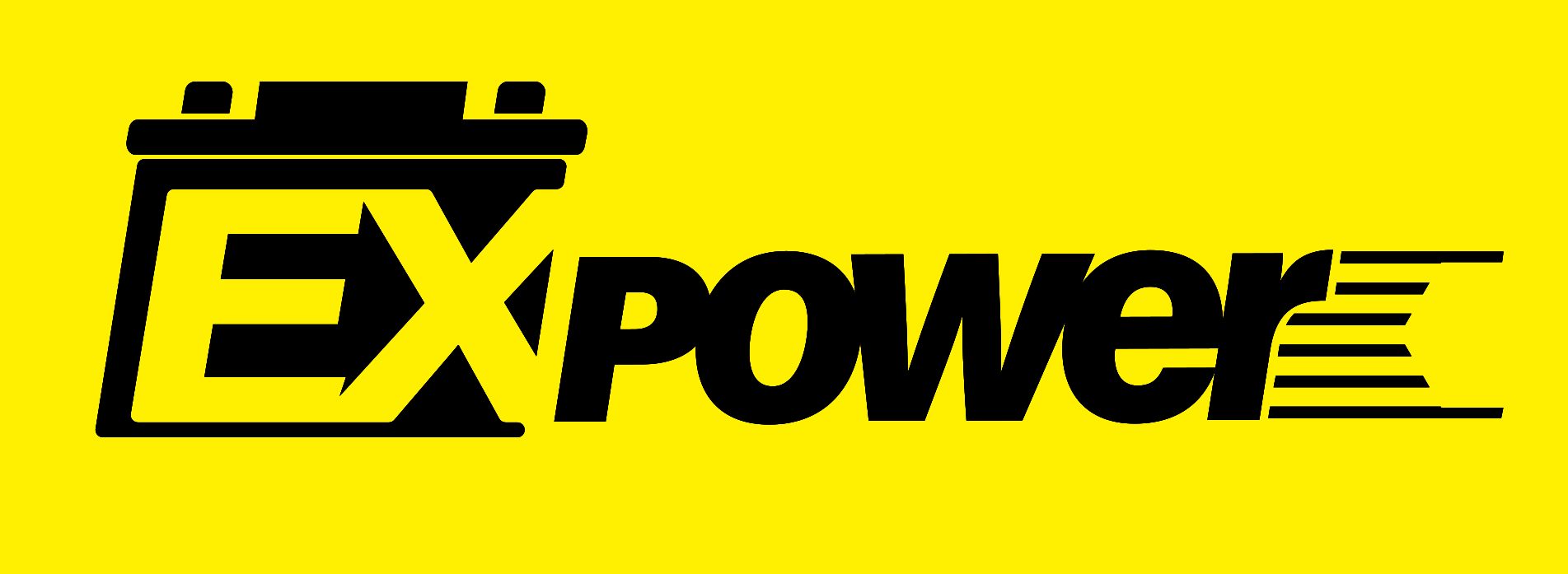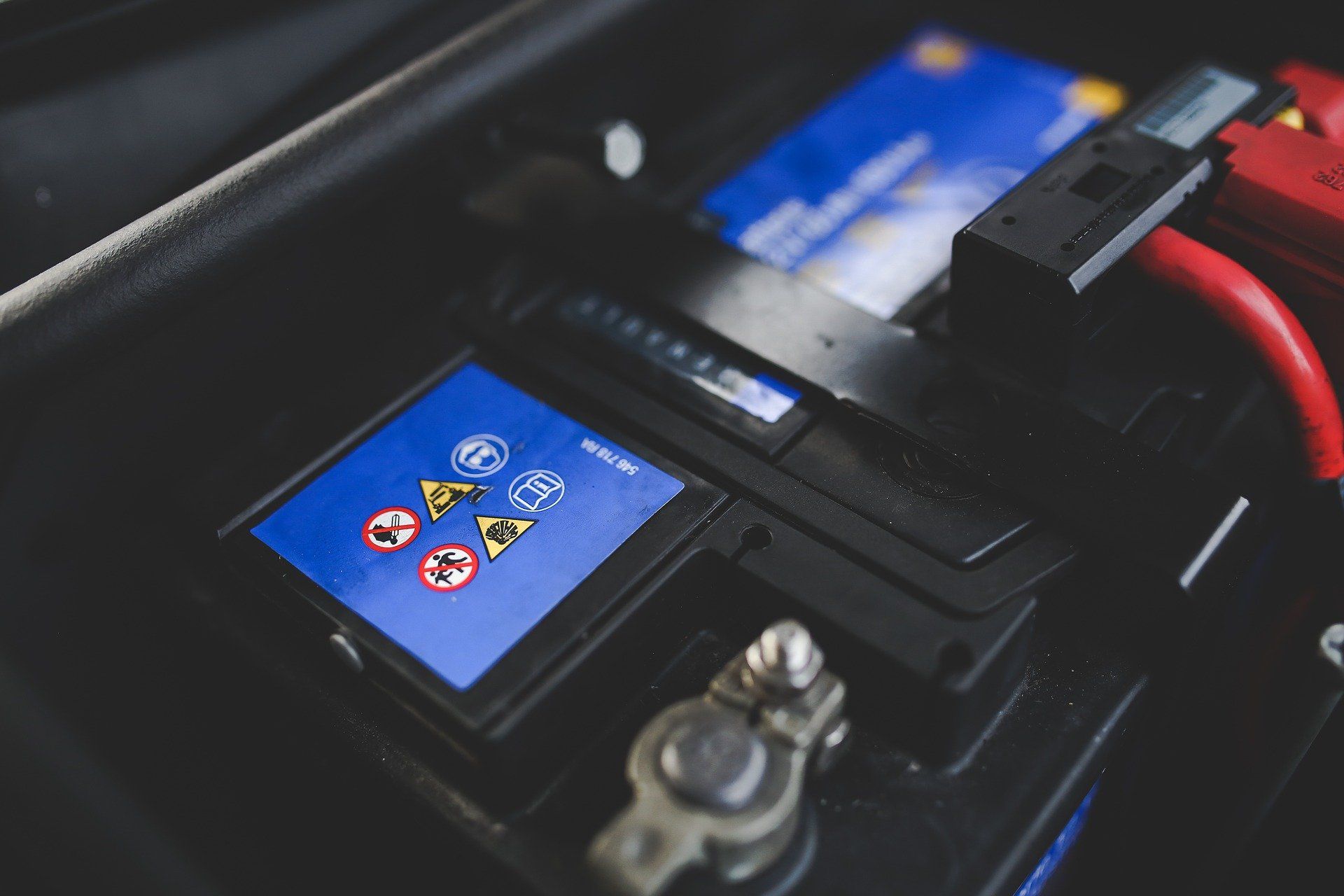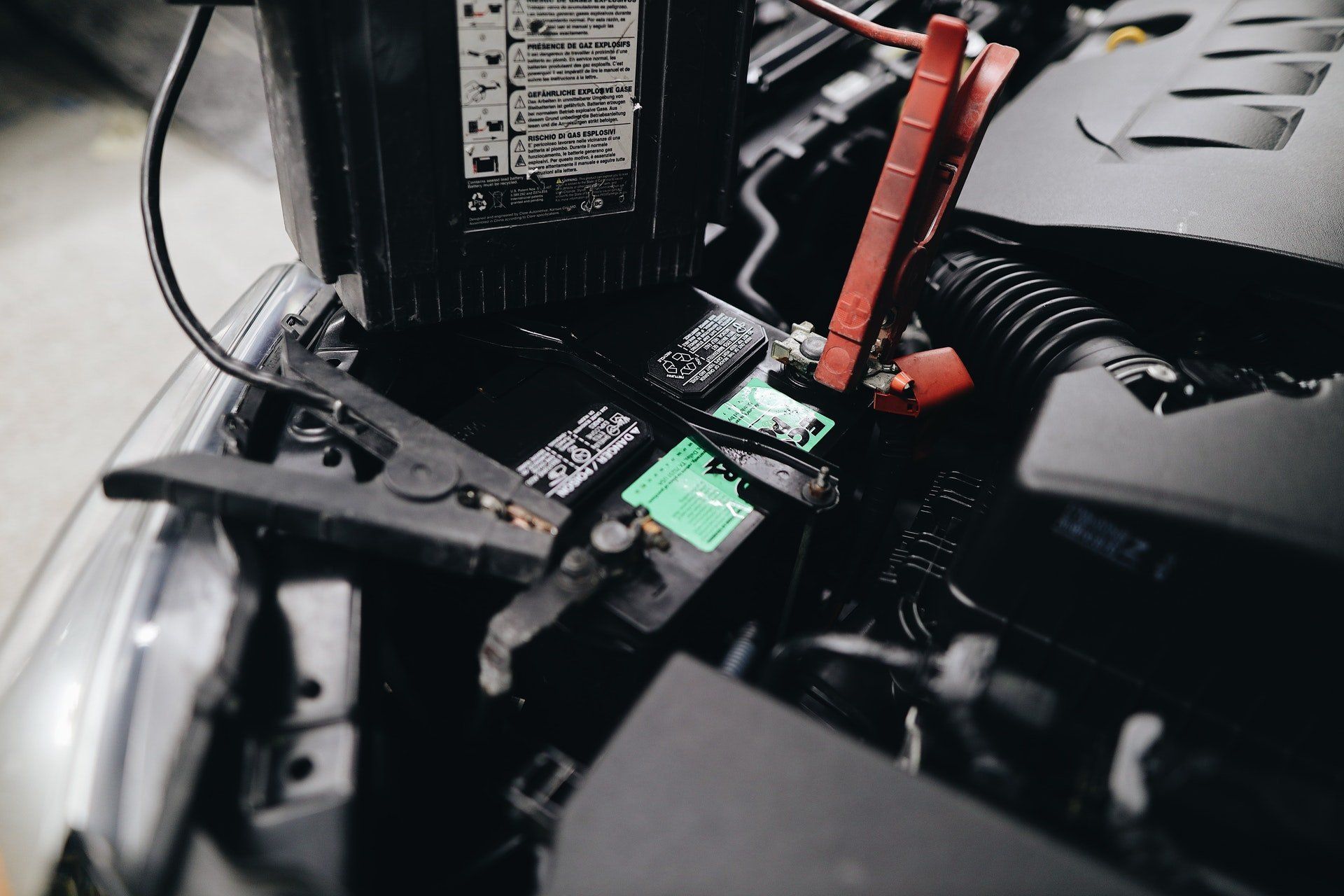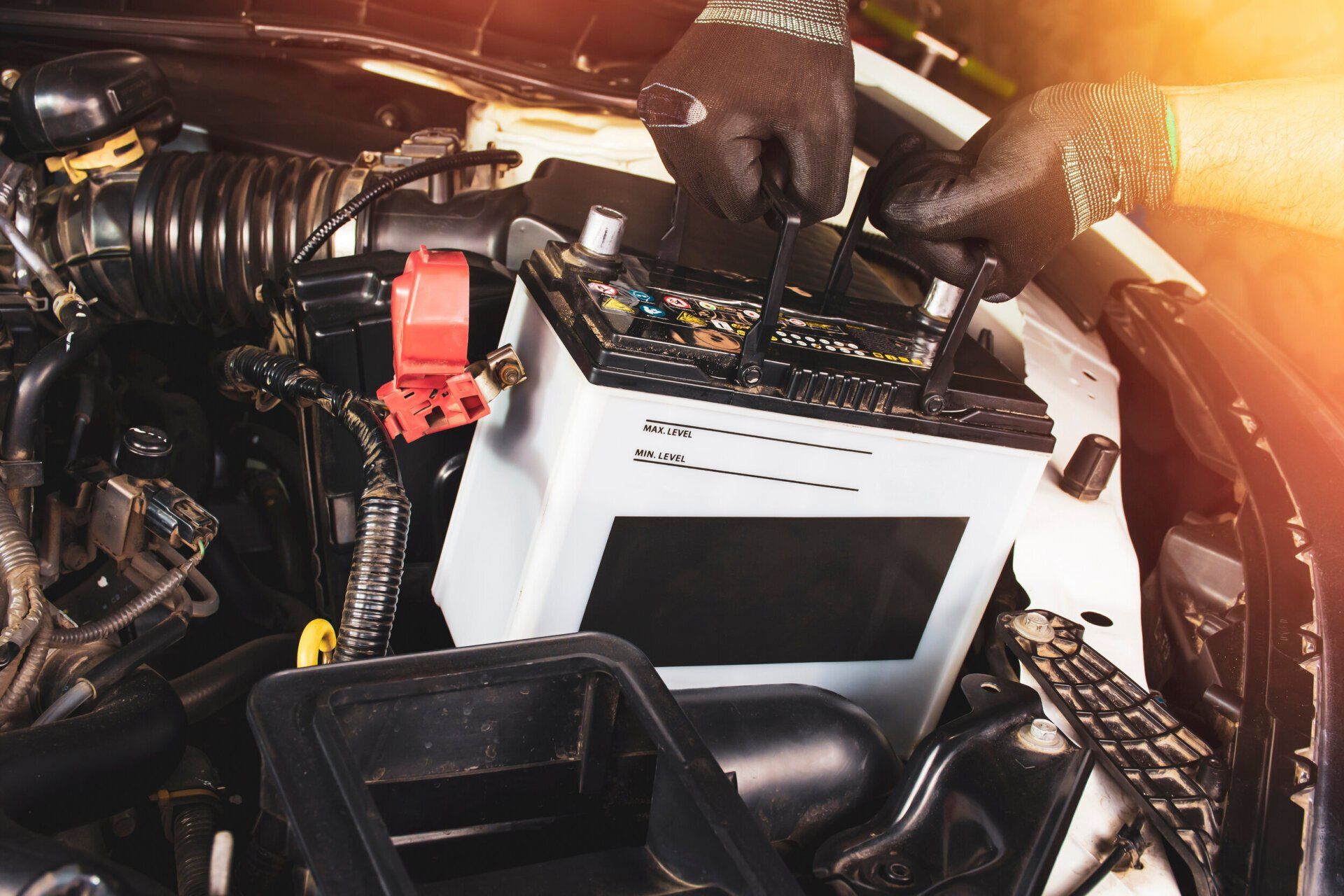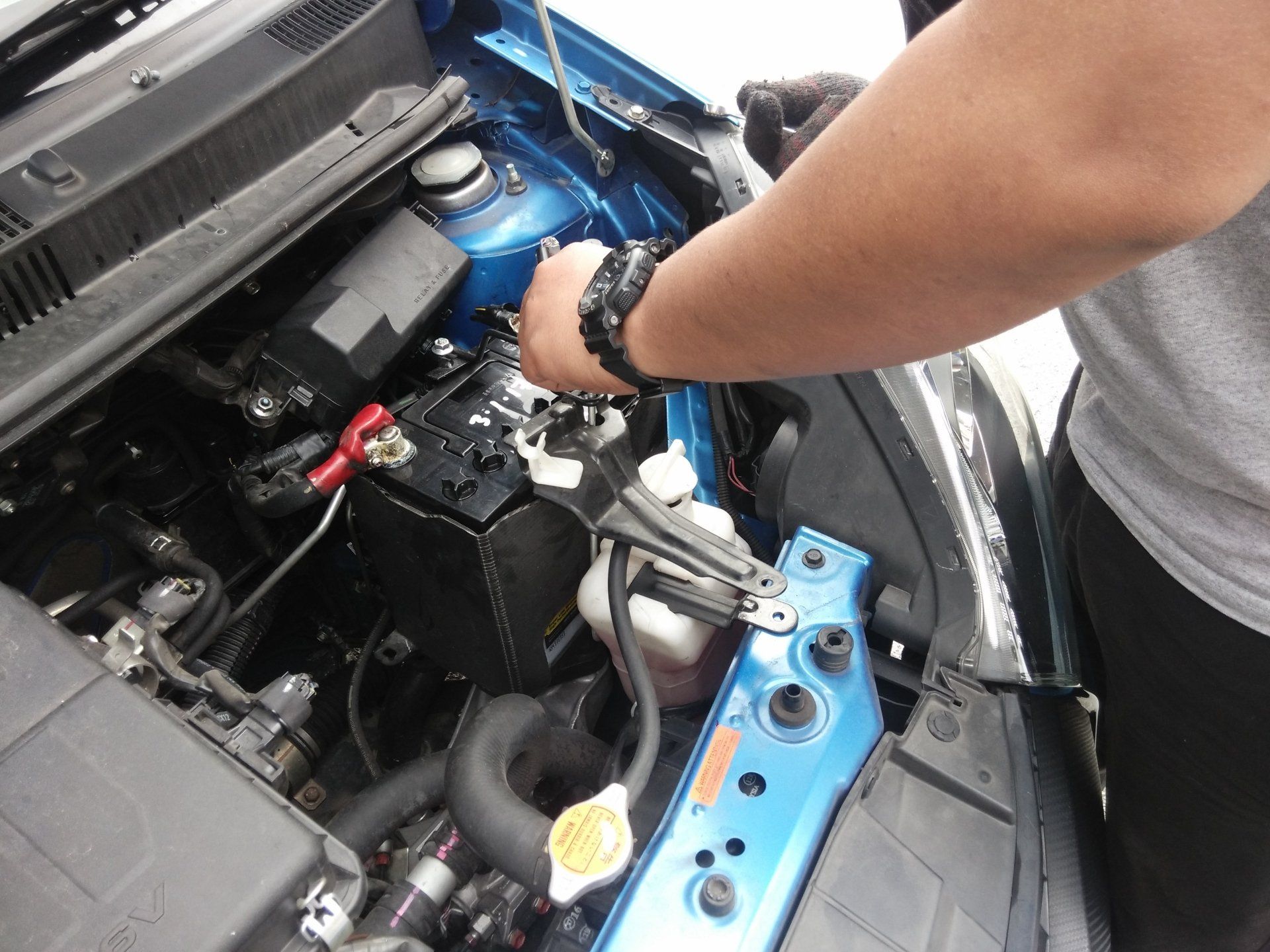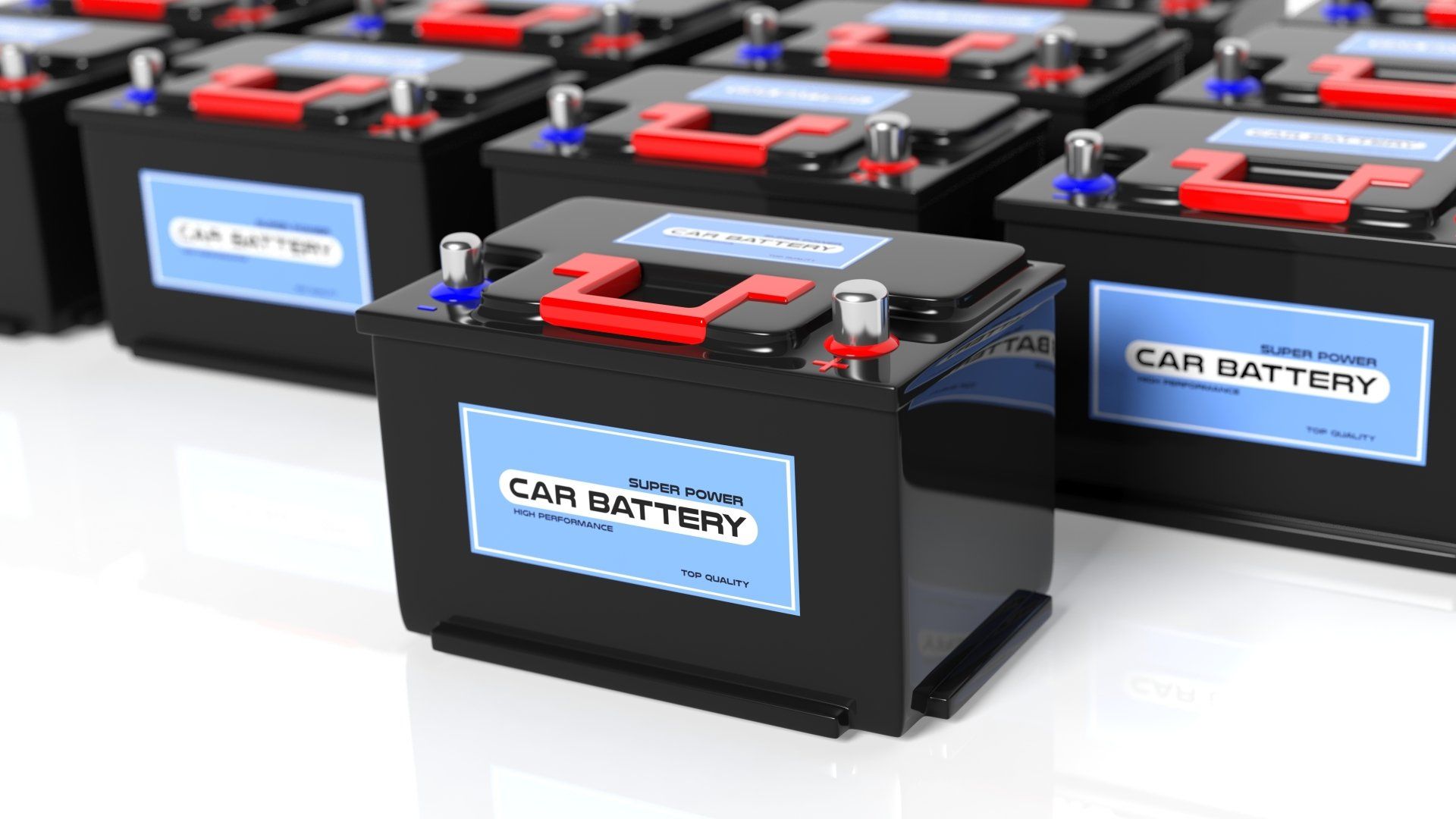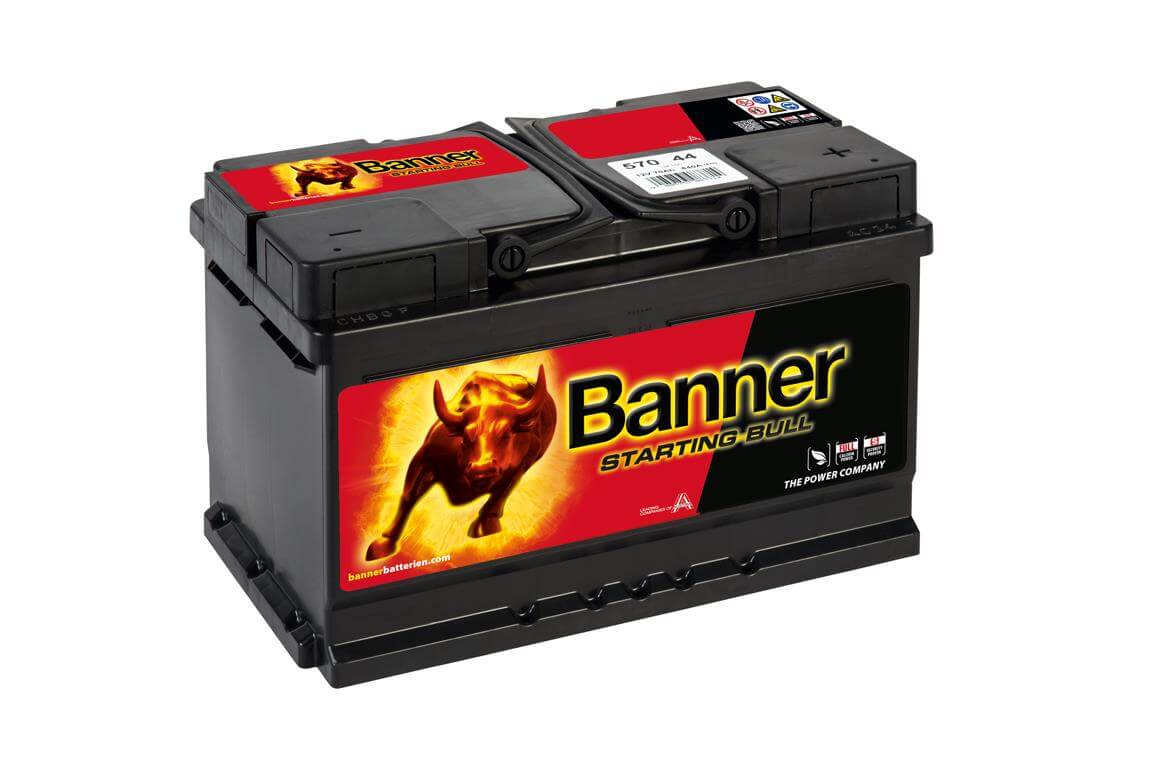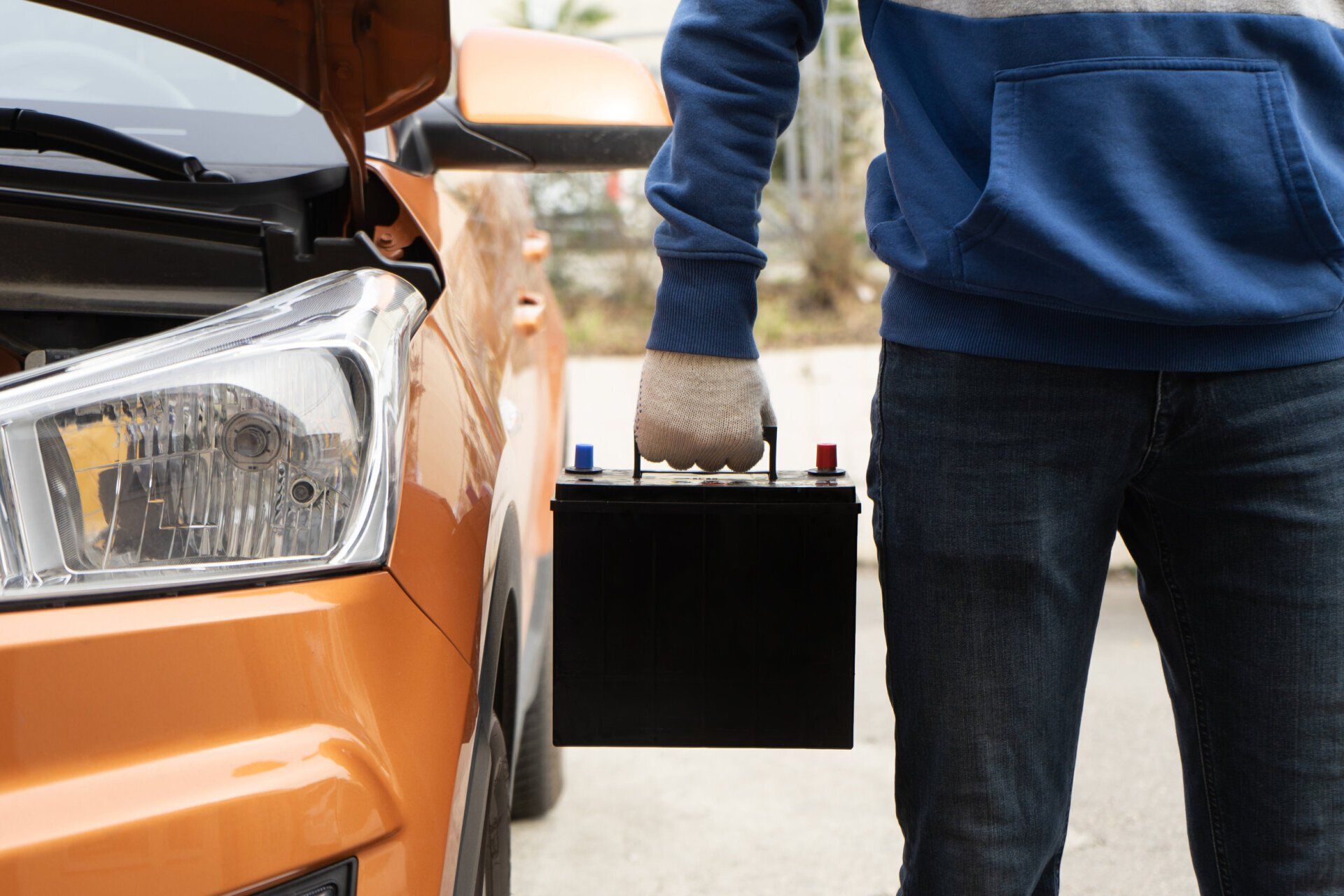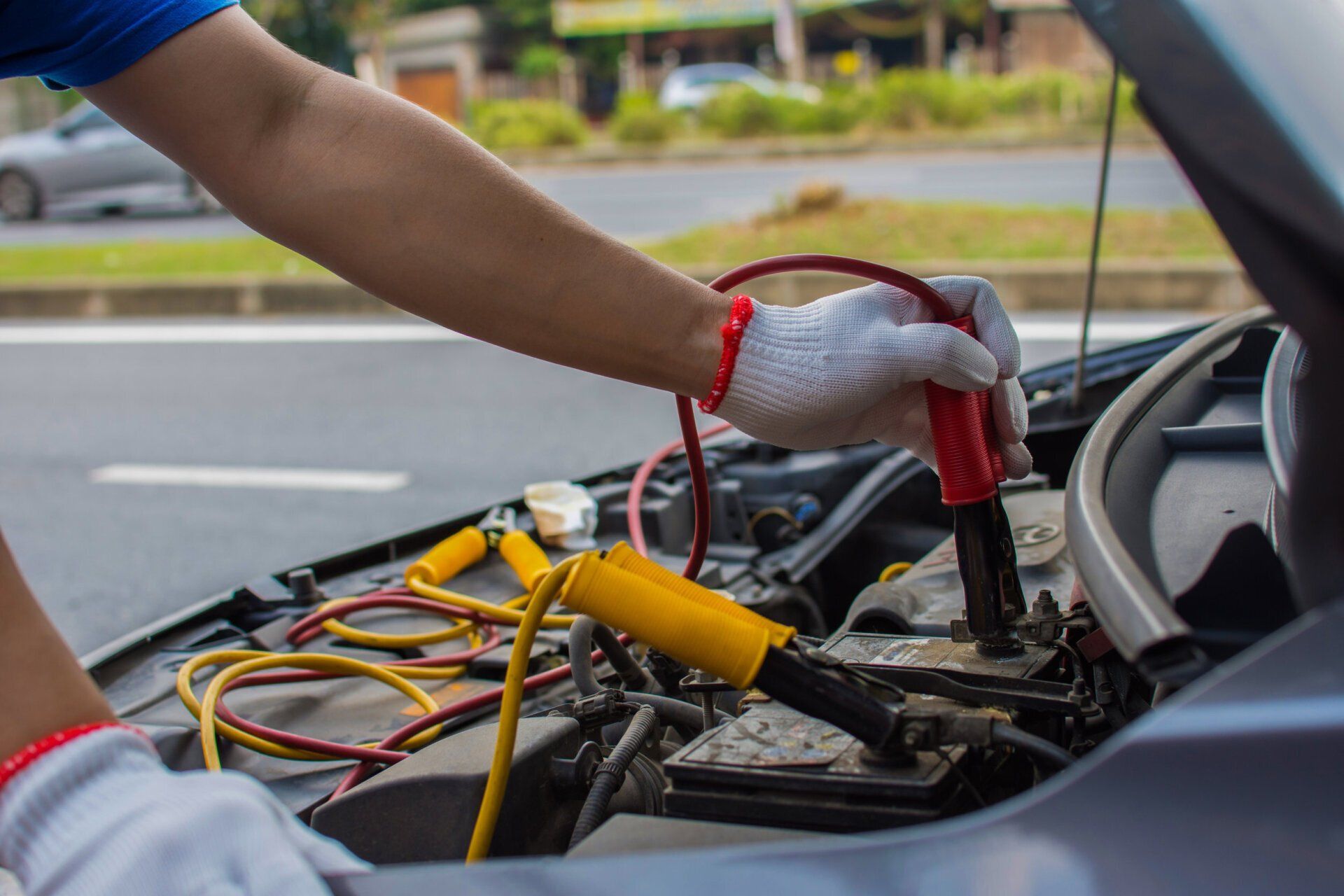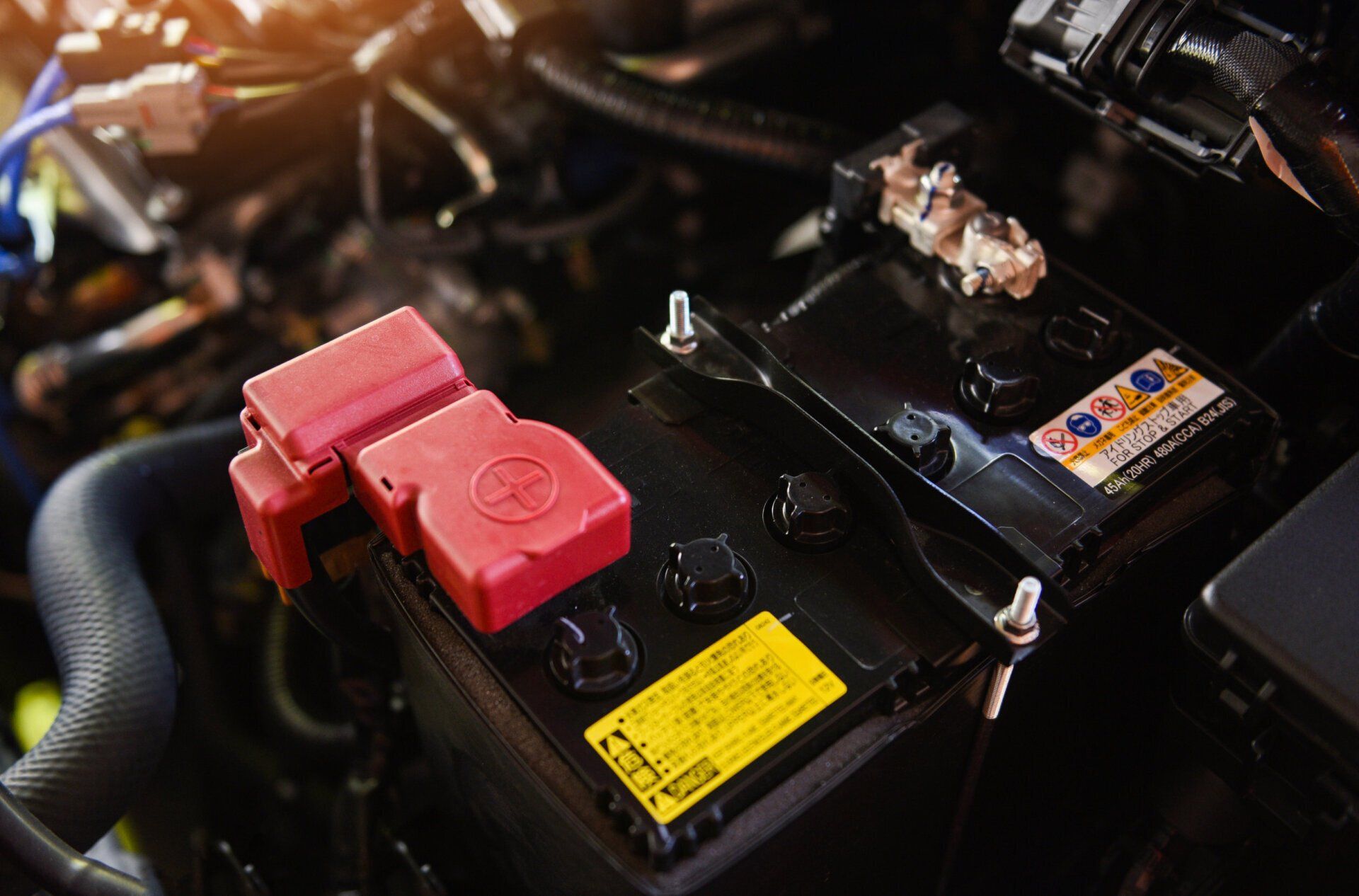ISS vs Conventional Battery: What You Need To Know
In this article, we explore about ISS capability battery, such as those from Century car battery.
Stop-start systems are fast becoming a common feature in most cars these days. When your car comes to a stop, instead of running idle the system cuts the engine. Take your foot off the brake, the engine comes back to life and off you go. Simple.
It’s designed to have two major benefits – save fuel and reduce pollution. If your engine isn’t running, then it’s not consuming fuel or producing pollution.
Now, while it is designed to be friendlier on your wallet and the environment, the start-stop system is not on as good terms with the battery.
In fact, it is asking the battery to work quite a bit harder. A standard car battery – a lead-acid flooded battery known as an LSI (lighting, starting, ignition) battery – is designed to give the engine a decent starting jolt a handful of times a day.
A stop-start system demands the same task be performed dozens of times a day. That’s hard work, and it’s not just that constant stop-start power that’s needed either.
Just as in any other vehicle, when the engine is not running, everything else you want to use – from the infotainment systems to lights, from the air conditioning to a phone charger – gets its juice from the battery.
That sort of heavy lifting requires a battery with some extra oomph. And that’s where the start-stop batteries or ISS capability battery, such as those from Century car battery, come in.
What Are ISS Batteries?
Basic ISS systems often use the EFB (wet/flooded) type battery, which is similar to conventional start batteries in construction except upgraded to deal with the demand for multiple starts in a journey, and hence designed to cope with a "deeper cycle" than a normal battery.
A deep cycle is where the battery loses power to starting multiple times, and hence cycles deeply into its reserve capacity as it is not constantly being replenished by the alternator as it would be on a car without ISS.
The battery is enhanced to give up to twice the normal cycling endurance versus a conventional car battery and up to 15% more cranking power.
More advanced ISS systems often incorporate Regenerative Braking (capturing power by turning the kinetic braking energy into electrical power stored in the battery or a capacitor). They can often demand more power from the battery to run electrical loads or to provide an active power boost for the vehicle.
These advanced systems need to quickly re-charge the battery in bursts, needing very high rates of charge acceptance (ie. very low internal resistance). That's where AGM batteries come in - they use fibreglass mats to absorb the electrolyte (acid) and hold it in high compression against the plates, providing very low resistance and the ability to cycle at least three times better than conventional batteries.
Can A Conventional Battery Be Used As An ISS Battery?
Conventional batteries should not be used in vehicles fitted with Stop-Start systems as they have not been designed to handle the power and cycling requirements of these systems.
Hence, fitting a conventional battery in a vehicle with Stop-Start technology could potentially damage the vehicle's electrical system and lead to early battery failure.
Only Idle Stop Start (ISS) batteries should be sued in vehicle with Stop-Start systems. Always replace the battery with a like for like EFB or AGM ISS battery.
Rain or shine, day or night, Ex Power delivers car batteries or repair services to your doorstep
Looking for an ISS capability battery? At Ex Power, we provide the best Century car battery that is professionally tailored for cars with Idle Stop-Start systems.
With Ex Power's all-day roadside assistance, we provide free checking car battery service to certain locations. You'll also enjoy immediate car battery repair and replacement services exactly when and where you need them! our services come with:
✓ Free installation
✓ Free checking
✓ Free delivery
Check us out at
https://www.expower.com.my/ or call us now at +6010 888 9166
